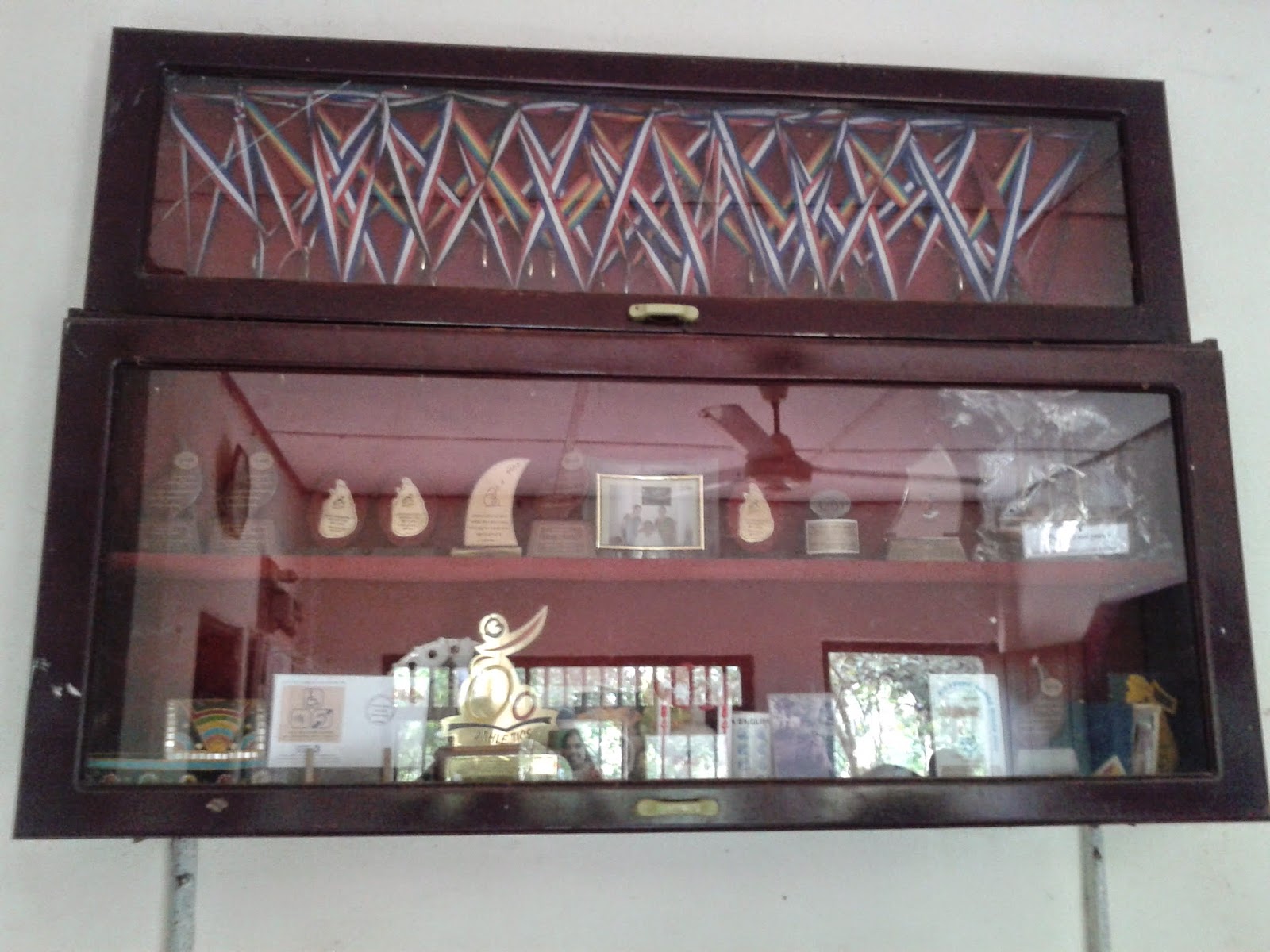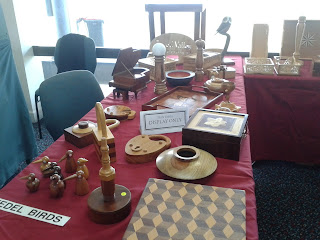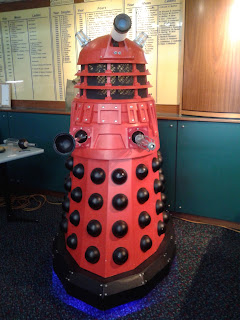Conference, Vacation and Field Work. Sounds a lot for a two month trip back home. But, it was Sri Lanka - so I would not mind! It was a great trip really. Conference was a success - two workshops by me and my supervisor. A key note speech by the supervisor. All went great!!! I planned for 10 interviews - did 12, so can't complain. Had good times with family and also with supervisor - went places. Now back in Brisbane trying to tune in! The blog has been mute for few weeks - what's better to break the silence than a holiday story...


The conference - ICT for Emerging Regions (ICTer) was held in Colombo from 10th to 13th December. The workshops were based on Do-It-Yourself Technologies (DIY) and Human Centered Design. Both went really well. I will discuss about the workshops later in another blog. My supervisor talked about how to design 'with' people instead of 'for' people - an interesting talk. She took a number of examples to show how some designs have gone wrong and how some went great. She pointed out that human centeredness is the key for a great design.
 |
| ICTer Workshops |
I will dedicate this post for the things I learned from my field work (caution - the data is yet to be analyzed, so these are from my memory and notes). As I said it was 12 interviewees. 10 males and 2 females. Both the female participants and another male participant were affiliated with two Disability Services Organizations (DSOs). Both of the organizations were specialized in the welfare of women and children. While the females were executive members, the male participant was an occupational therapist. All the other participants (who are male) were innovators. Four of them had their own organizations and two of them were trying to establish their own. Most of them were interested in microcontroller programming and related design activities. Two of them have designed an electric car from the scratch - to suit Sri Lankan conditions (price, fuel consumption, noise and air pollution, etc.). 3 of them were working in the software industry (one of them was in the USA) - they do Arduino-like projects in their spare time. While some of these innovators were experts in microcontroller programming, others were beginners and some fell in-between. I conducted semi-structured interviews by visiting their office places (apart from the one in the USA). That is another reason I love this kind of research - TRAVEL! I went to Colombo (the capital), Kandy (my home town) and Anuradhapura (an ancient kingdom city) to meet these lovely people. I will summarize what I learned from them as an entree for extended articles in academic publications.
I visited DSOs expecting a typically believed - poor structure, disorganization, and bla bla bla - environment. I was surprised. Believe or not these organizations are well organized that can be easily matched with the ones in Australia (okay again I was working closely with only one DSO here). Both the DSOs had excellent frameworks to carry out their charity work. They have properly organized school classrooms, rehabilitation programs and awareness programs. They also have strong linkages with hospitals, doctors, educational institutions and government authorities. It seemed they manage them brilliantly to provide their services. I think it comes from their hearts. They don't get paid much. But, still I saw an enthusiasm and organization that I could not see in any other government or private organization.
I had a question though - to which i could not still think of an answer. If Sri Lanka has such good DSO structure, why are they still lagging behind in accessibility for people with special needs? Yes, there are Braille trails on the roads and accessible entries in some of the buildings in the capital. Other than that, it is a nightmare for a person with lower limb impairments to get on to a bus and get off. There are no accessible toilets or lifts that I have seen. Why is this? I think it is not in our 'blood'. Accessibility is still an alien concept for much of the population. So, they don't think about accessibility for everyone when they build something. To change this, I believe - we need to start from the school. We need to teach children how important accessibility is. There is not enough information on our syllabuses. (Oh I switched to 'we', 'us' when I mention Sri Lanka - I can't help it!). We need some radical policy changes.
Let's talk about the technology adaption of DSOs in Sri Lanka. According to the occupational therapist, technology use to develop mobility aids such as prosthetic hands, supporting equipment is reasonably good. But, it seems none of the design happens within the organization. The design task is often outsourced to tech-specialist companies. The use of computer technologies, however, is very low. Apart from using computers to typeset documents (that is also very rare), there isn't much use of computers or even smartphones or tablets amongst the people with disabilities. I could not see any laboratory. In contrast to this in the school for the deaf, blind and mute in Colombo, they had a computer laboratory with state-of-the art equipment (this was when I was doing my final year undergrad project in 2011). So why don't they come to DSOs?
 |
| On the way to Anuradhapura... |
It is not that Sri Lanka does not have technology. When I was talking with the innovators it was apparent that we are as updated as any other country when it comes to information technology. In fact Sri Lanka is known for developing few of the worlds most efficient software products. It seemed that even in hardware aspects, there is much awareness amongst the young generation (who are involved with the software industry though). Why they innovate then? The reasons were the same as innovators here - they really really really like to design! They learn somehow and design. They mostly use microcontroller kits like Arduino and sensors. It was clear to me they are keen to expand their practices to a wider community such as disability services. I felt the first step should be to gather these innovators to create an active maker community. I saw two of the participants have indicated in the Hackerspaces Wiki (that lists hackerspaces all around the world) that they want to initiate a hackerspace. But, it was not accomplished. If that can be done, then we can think of further collaborations. In fact I saw a glimpse of such an initiative. I had the chance to visit the inaugural Colombo IoT meetup which had a considerable turn-up. They have discussed some IoT ideas and invited the guests to contribute.
So the key positives from my investigations were:
-There are DSOs with strong frameworks and connections
-There is technology available
-Innovators are keen to collaborate (and DSO people too in fact)
-Innovators are getting together
So we can hope for good things for us in the future. I also notice that the tendency for discrimination against people with disabilities is considerably weakened. It was evident with the discussion I had with the executive member from the DSO in Anuradhapura. So it is all headed towards a positive direction.
P.S. When I was returning to Colombo from Anuradhapura after my interview i was thinking of the medals that DSO member received for athletics. She had lower limb movement difficulties. I felt ashamed and proud at the same time. Ashamed because I - as an able-bodied person have no medal in sports. Proud because what humans are capable of!
 |
| The medals... |















